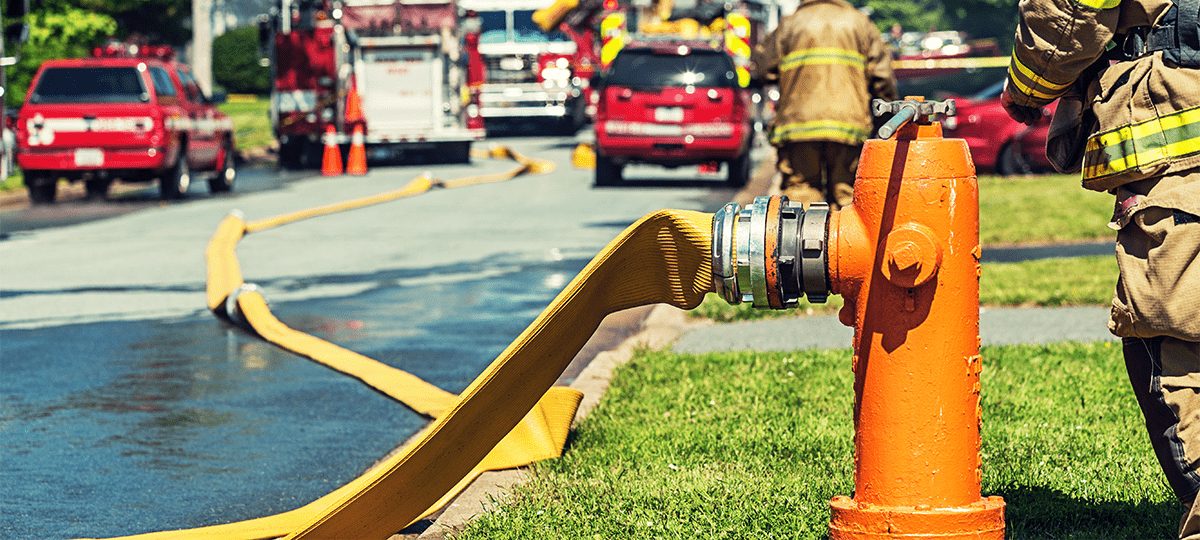What is an Emergency Action Plan?
The purpose of an Emergency Action Plan is to inform employees of what actions they should take if an emergency occurs at work. It’s required by the Occupational Safety and Health Administration (OSHA), and it can be critical in preventing the loss of property, or lives, in a crisis.
If an emergency alarm went off right now at your place of business, why might it be going off? Do you have any emergency alarms in place other than a fire alarm?
What can Go Wrong at Work?
Emergency situations at work vary based on the line of work you are in, the number of people you employ, the area of the country you are in, the size of your facility, and much more.
In general, the most common emergency situations include:
- Fire
- Medical emergency
- Natural disaster, such as a tornado, flood, hurricane, or earthquake
- Chemical spills or toxic gas release
- Active shooter
To start putting together your own Emergency Action Plan, consider what risks your business faces that could threaten your employees, customers, or the public, shut down your operations, or cause physical or environmental damage?
What do I Need to Prepare as an Employer?
According to OSHA, a workplace with 10 or less employees need to communicate an emergency plan to employees. With any higher number of employees, creating a written plan is required.
While creating a plan is one part of your emergency action process, you will also need to assign roles to your employees and ensure that you have the necessary equipment for safety procedures.
What will Your Employees do if an Emergency Happens at Work?
Will they freeze? Will they panic? Will they run away? Will they look at each other blankly, not knowing what to do?
It’s impossible to predict how anyone will react in a true emergency when the fight or flight instinct kicks in, but it is probably safe to say that one of the first things you want them to do is notify someone else that your business is in trouble. Who do they report a report an emergency to?
For example, if there’s a fire, do you want your employees to evacuate the building and call the fire department, or have you designated someone who can use a portable fire extinguisher to put out the flames? Are there any employees in your office properly trained and authorized to perform rescue or medical duties?
At a minimum, OSHA requires your emergency action plan to include a means to report a fire or other emergency, evacuation procedures and escape routes, procedures for any employees who remain behind before they evacuate, as well as how you will account for employees after an emergency evacuation, rescue and medical duties for employees performing them and a list with the name or job title of every employee who may be contacted by employees who need more information about the plan or an explanation of their duties under the plan.
Alternatively, you can think of it like this:
- How can an emergency be reported? Hitting an alarm? Making a phone call? How will someone know what number to call?
- How will other employees or persons on the premises be notified of the emergency? A public-address system? An alarm? A portable radio unit?
- Should you evacuate? Who is responsible for making that decision?
- Are evacuation routes well marked for all employees, including those with special needs? Will anyone do a final sweep to ensure everyone is out?
- Where should everyone meet up after they have left the building? How do you know who was in the building to begin with, so you can account for everyone that has left?
- What should your employees do next?
While not a requirement, a practical consideration you might want to make is designating an off-site communication center your employees can use in the event of an evacuation to contact key personnel and access emergency contact lists or other essential records.
How do You Train Employees on Your Plan?
Going through the process of writing your Emergency Action Plan down on paper is just the first step. A plan collecting dust on a shelf somewhere will not be of any use in a real emergency.
Determine: How are you going to train your employees on your plan? Do they just have to read it? Are you going to run drills? Is the plan someplace visible and accessible? Is there anyone in your office who is trained in first aid? How often will you update your plan?
There is a lot to think about a business owner and the development and implementation of your Emergency Action Plan should always be at the top of your list, not the bottom.
Additionally, you will need to figure out how to create ongoing trainings and orientation when it relates to your Emergency Action Plan.
For more resources, ask for help from other businesses or local emergency responders in reviewing your plan, or visit OSHA for free education, training or onsite consultation services.
The security experts at FSS Technologies are always available to answer your questions and develop unique security solutions for your business.









